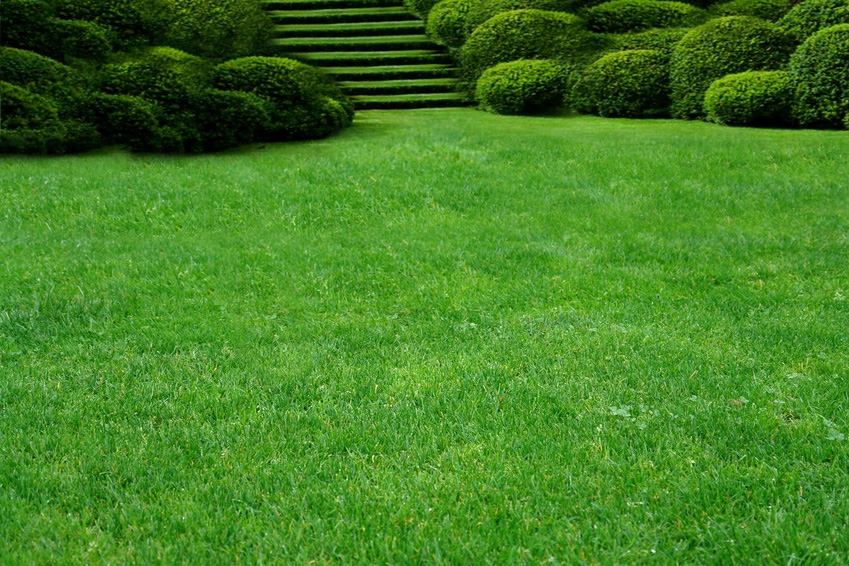Great lawns are made in the fall!

Fertilize Cool-Season Grasses
Fertilize cool-season lawns, such as Kentucky bluegrass, ryes, and fescues, to encourage good root growth. Even though you may have fertilized them in September, it’s a good idea to do it again in October to encourage faster greening up in the spring. And keep that fertilizer where it belongs. If you are using granular fertilizer and some of it falls on a sidewalk or driveway, sweep it back into the lawn so it stays in the soil where the grass can use it and doesn’t wash into a nearby sewer or stream. Not only are you protecting the waterways but you’ll be maximizing the money spent on the fertilizer.
Fertilize Warm-Season Grasses, Too
October is also a good month to fertilize warm-season grasses, such as zoysia, which will also prompt them to green up faster in spring.
Rake Leaves as Needed
Keep leaves off the grass—they can suffocate it. However, if they are collecting in your flower beds and borders, consider leaving them. It’s nature’s own winter mulch!
Maintain Your Mower
Once you’re done with mowing, give your mower some TLC to keep it in good shape. If it’s gas-powered, run it until it’s empty. (Gas left over the winter may damage the engine). Check the owners manual to see if any filters need to be cleaned or replaced and how to deal with oil left in the mower, if you have the type of mower that calls for that. If your mower is battery powered, charge it fully and remove it from the mower, storing it in a area that does not get down to freezing, which can damage the batters. Sharpen the blade or take it in to be sharpened. In Iowa, even with our softer grasses and shorter growing season, mower blades should be sharpened at least annually.
Other Links Of Interest:
Please do not use content from this site without express permission from The Iowa Gardener. Click here to request permission to use.